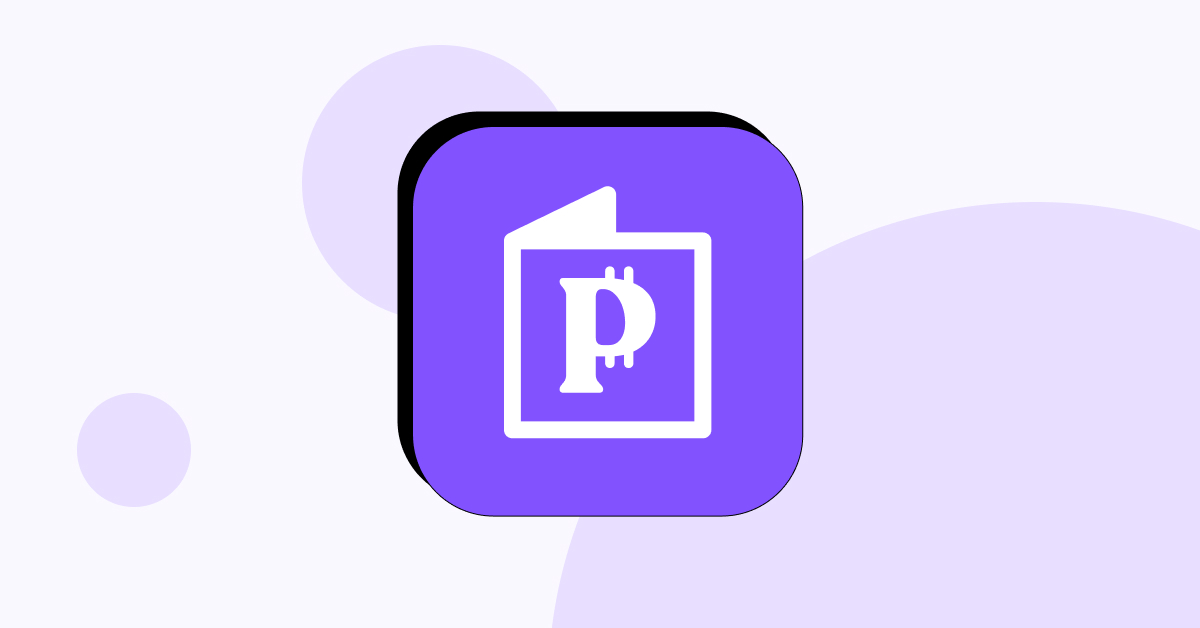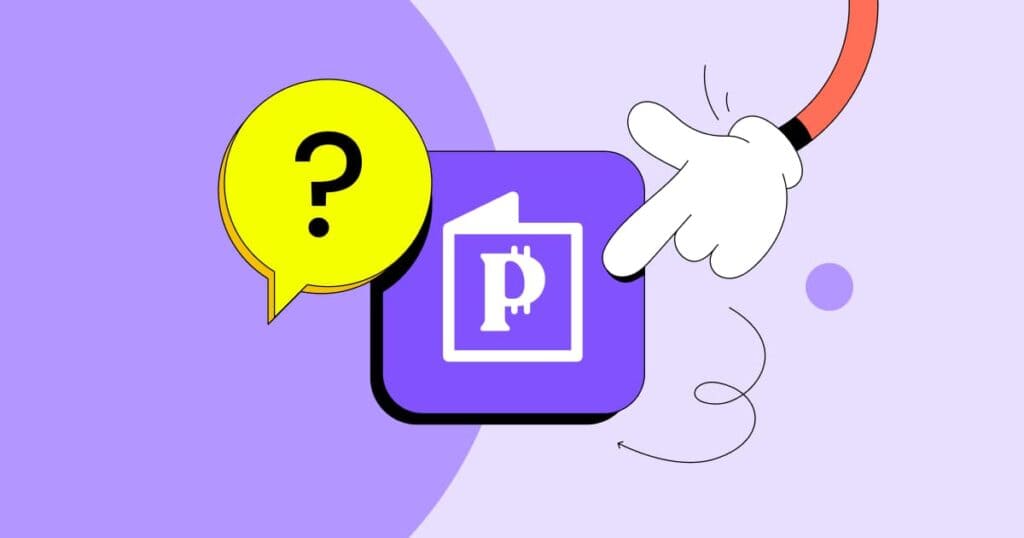Product testing is the practice of evaluating performance, quality, and customer experience of various products and services before they’re launched to the general public. In software, it’s also sometimes referred to as “family and friends”, alpha, and beta testing. Other sectors may follow a similar practice.
Properly testing products means using them in real world conditions, therefore companies often employ dedicated product testers to perform evaluations. In many cases, product testers are allowed to keep anything they’ve been sent and they may also be paid for their efforts.
Is Product Testing Legit?
Product testing is a completely legitimate practice that’s used by nearly every major brand in the world. There may be differences in how it’s performed (for example, whether the company employs internal or external people), but testing products, as a practice, is extremely common.
There should be an air of caution, however, as there are some product testing related scams. Usually, these follow the trend of asking the tester to pay upfront to get enrolled. Testing products is a job—you shouldn’t be asked to pay yourself.
As such, while the practice of testing products is completely legitimate, you should approach it with care and perform research. It’s best if you can find opportunities that are directly tied to a large, well-known brand.
How Does Product Testing Work?
Once you’re signed up to a product testing program, the usual course of action is to use it as if you had bought it in a store. In other words, most companies will request that you test their products like you would ordinarily use it.
It’s, however, likely you’ll need to provide in-depth feedback on packaging, design, usage, ease of use, side effects (if any), issues, effectiveness, etc. Therefore, we highly recommend taking in-depth notes throughout the experience.
Additionally, some companies will impose certain requirements for products. A skincare product company may require you to use a cream for a set amount of time while a shoe company might ask you to run or walk a set amount of miles.
Fulfilling these requirements and providing exceptional descriptions of the experience is part of being a great product tester. There’s some competition in the field, so it’s highly recommended to put in the leg work required to stand out.
How Do You Become a Product Tester?
Applying to become a product tester is relatively easy. Many companies that look for such people will have dedicated pages or programs. For example, Nike has Voice of the Athlete with a simple form you need to fill out.
Alternatively, you can look for agencies or other companies that work with product testers. Companies such as BzzAgent and Home Tester Club look for people interested in testing products and get opportunities for them. Take note, however, that it’s unlikely you’ll get paid through these programs as most of the time you only get to keep the product.
Finally, there’s also the option of being directly employed as a product tester. Most companies have this or similar roles available. In that case, becoming a product tester works exactly like any other type of employment.
In any case, once you’re registered and accepted to a program, there will likely be a notice that you have products arriving. Usually, unless they’re digital products, they’ll be sent through mail or courier and delivered directly to your address. You’ll then have to follow the instructions for usage duration and specific actions you should take.
After completing everything, you’ll have to submit a questionnaire, survey, or general feedback will have to be sent over to the company. Once accepted, there’s many ways product testing can be finalized: you may be asked to send the products back or be allowed to keep them and may or may not get paid.
How Can I Earn Money to Test Products?
There’s two ways to get paid to test products. The most consistent and reliable way is to become an in-house product tester, which works just like any other employment in a company. You’ll get a salary, benefits, and everything else.
Unfortunately, most of these roles will require you to come to an office, just like any other job. Additionally, these product tester jobs will rarely provide you with free stuff since you’re getting directly paid.
If you want to become a product tester at home, you’ll have to find either a company that’s looking for external testers or an agency. Agencies will often let you keep the free samples, but rarely pay you for product testing. External testers may get both.
How Much Money Do Product Testers Make?
Salaried product testers can earn anywhere from $30 000 to $100 000+ per year. Companies pay wildly different salaries, depending on expertise and industry. For example, people employed as a product tester in the pharmaceutical industry will get paid significantly more than those who are employed in regular consumer goods.
Freelance product testers will usually earn a variable income, but it won’t be close to a salaried position due to several reasons. First, even if you get paid to test products, it won’t be consistent as only some programs pay directly. Most direct payments to free stuff such as products or gift cards.
Additionally, freelance product testing positions aren’t stable. These tests may run for a short period of time, necessitating a constant search for a new consumer testing program.
As such, freelance product testing is not comparable to a full-time salaried position. It’s, however, a great way to supplement your income and to get free products.
Top Product Testing Websites
Amazon Vine
Amazon has its own product testing program, allowing participants to request free products from the company storefront. They are then requested, as per usual, to leave a review and receive a special tag.
While it’s a great opportunity to get free products with the flexibility of requesting the ones you want, Amazon Vine is invite-only. The company selects reviewers that consistently leave great product reviews and sends them an invitation.
Your best bet is to buy products from Amazon, leave great reviews, and hope to get invited. While you won’t get paid to test products, you’ll have a huge selection of free stuff.
L’Oreal Consumer Testing Program
L’Oreal runs its own VIP testing program to which any US resident can apply. You have to fill out a quiz and, if accepted, the company will send beauty products matching your profile. Most of these will be regular-sized products you’d buy in any store, except you’re getting them ahead of time.
It’s recommended that you consistently log in to the product testing website as L’Oreal sends beauty products depending on who and how quickly they filled out the surveys. So, if you register and forget about the program, you won’t be getting any free products.
Unfortunately, the company does not pay product testers through the program. If you want to get paid to test beauty products, it’s best to look for on-site employment as the company does have roles open quite frequently.
UserTesting
One of the few product testing websites that pay their users directly. Part of the reason is that UserTesting is intended for software and websites, so there’s no free samples to keep. It’s, however, a great opportunity for someone looking to get extra money from home.
UserTesting pays a variable rate for each test, but the amount is always transparent and visible in the dashboard ahead of time. All payments are issued to the user’s PayPal account.
BetaTesting
BetaTesting is one of the few product testing websites that provide a mix of software and physical product testing. Unlike many of the other market research companies, BetaTesting also provides tests with financial incentives, not only just gift cards.
Additionally, since some of the data being collected is for software, a product test may last anywhere from 15 minutes to several weeks (for physical items). Longer lasting tests will usually pay more, however, so you don’t always want to pick all the lowest duration ones. Since you get paid directly for each test, free samples aren’t a common occurrence.
Philips
Philips has a dedicated product testing program that’s available in many countries all over the world, separating them from the usual US-only restrictions. Additionally, since you’re not working with market research firms, but the manufacturer directly, the entire process is a lot more seamless.
Unfortunately, there are some drawbacks. You won’t be getting paid to test products. In fact, Philips states that sometimes you might have to purchase the product yourself, albeit at a discounted rate. Some of the product tests will include free samples, however, Philips may request that you return it after the duration.
As such, while Philips has a lot of awesome product tests, they’re not giving out their merchandise as readily as some other companies.
Alternative Ways to Make Money From Home
If you’re outside the US, you won’t find many places to test products. Unfortunately, it seems that many of the job roles and programs are restricted to US residents. Even if some aren’t directly restricted, EU residents usually get less opportunities.
Luckily, product testing companies aren’t the only way to make money from home. While there are many options such as freelancing, a simple and quick way to make extra money is filling out online surveys.
These surveys work in a similar fashion to product testing, except you’re only answering the questionnaire and skipping the entire testing part. You get paid for each survey, either in money you can cash out to PayPal or your bank account or through other means such as Amazon Gift Cards.
While you won’t be getting any free samples for filling out online surveys, you can still supplement your income with the process. The major benefit, however, is that it’s significantly less time consuming to fill out surveys rather than test products.
If filling out online surveys isn’t something you’d like to do, internet sharing apps are another option. While the payments are quite small, the income is completely passive. All you have to do is install an app that will check if your device is in use. If it isn’t, it’ll share the internet bandwidth with the company.
Usually, you get paid for each GBs of internet shared. Since most such apps are only active once you’re not using the internet yourself, the money you get is completely passive. While it won’t be able to replace a full time income, it can add up, especially if you have many devices.
















